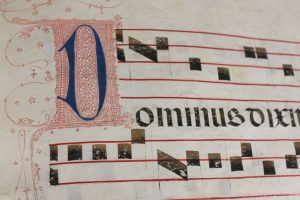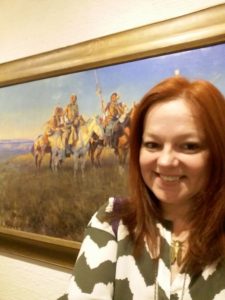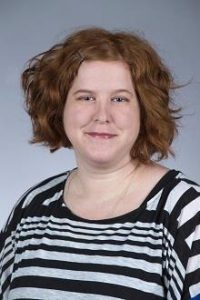by Karen Duhamel
Kate Bradley, Archivist and Research Librarian of Palm Beach, Florida’s Flagler Museum, came to cultural heritage, archives, and her current position through what she calls a “weird series of events” driven by a lifelong love of learning …



 Erin O’Malley currently works as the Art on Campus Outreach Coordinator at Iowa State University. Erin has a background in museum studies and fell into archiving, considering the two fields are so intertwined. Erin earned her BA …
Erin O’Malley currently works as the Art on Campus Outreach Coordinator at Iowa State University. Erin has a background in museum studies and fell into archiving, considering the two fields are so intertwined. Erin earned her BA …